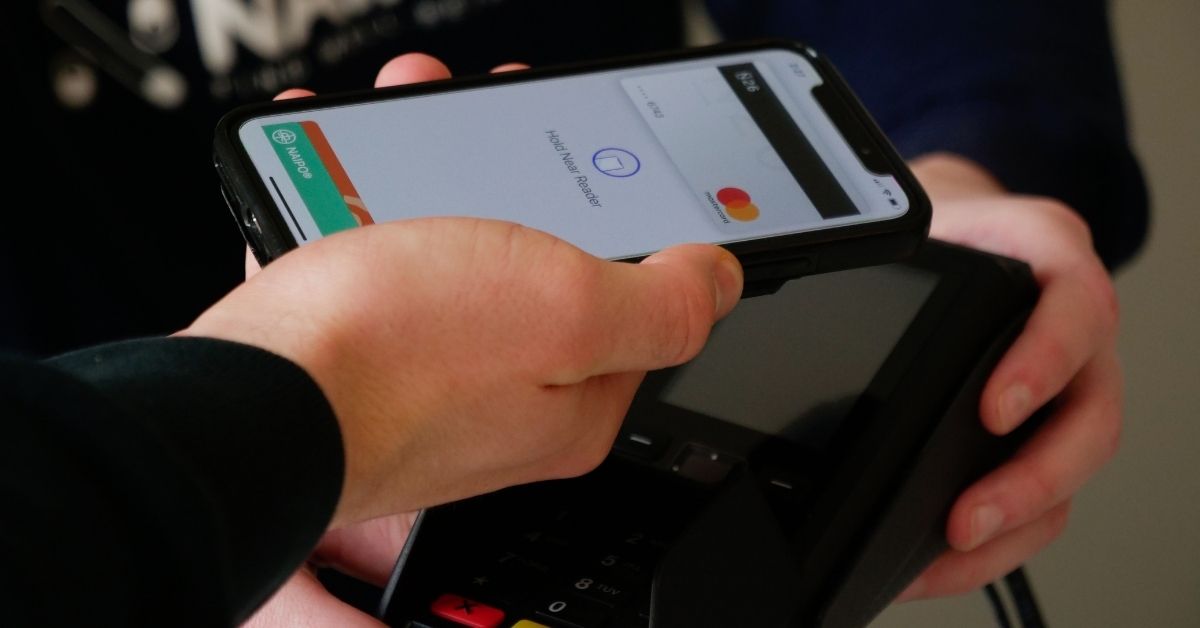Since Bank Negara Malaysia (BNM) launched the digital banking framework on December 31, 2020, around 40 interested unnamed parties have applied for a license. Now, the bank is working on issuing up to 5 digital banking licenses in 2022.
Overseas, countries have already awarded digital banking licenses to qualified entities. Hong Kong granted licenses to 8 entities in 2019, which include Tencent, Ping An, and Ant Group, to name a few.
In Singapore, the Monetary Singapore Authority (MAS) issued 4 digital banking licenses in 2020 to the Grab-Singtel consortium and SEA Group.
How Does Digital Banking Differ From Online Banking?
Digital or virtual banking is usually confused with online banking since all banks involve some kind of digitalisation. Digital banking is mostly used as an umbrella term to outline all forms of financial transactions taking place with the use of technology.
It has also been used to describe financial services which take place strictly online without the providers having any physical branches.
This is in comparison to online banking, which refers to any transaction done electronically using the internet as a gateway. They include checking your balance, transferring funds to other accounts, and looking up your financial statements without having to enter a physical bank.
What Are The Benefits Of Digital Banking?
Across the causeway, a digital banking license has granted digital services the ability to conduct all banking businesses like traditional banks. This includes opening an account, making deposits and payments, applying for loans or debit and credit cards, etc.
Hong Kong’s Ant Bank for example, in partnership with Alipay, rolled out a virtual banking arm allowing users to open personal bank accounts through the e-wallet’s app.
Such a move is in line with BNM’s criteria as well, which requires digital banks to fixate on financial inclusion to boost sustainable economic growth.

The 5 main criteria to qualify for a local digital banking license requires companies to:
- Drive financial inclusion that includes ensuring quality access and responsible usage of financial services;
- Maintain asset threshold of no more than RM3 billion in the first 3-5 years (Foundational Phase);
- Comply with Financial Services Act (FSA) and Islamic Financial Services Act (IFSA) regulations;
- Offer meaningful access and responsible, affordable financial solutions;
- Safeguard the integrity and stability of the financial system through capital funds of RM100 million (Foundational Phase).
The biggest impact here will be seen in financial inclusion, especially for Malaysia’s underserved and unserved population. For instance, gig workers can benefit from digital banking in helping them secure loans.
“The gig economy is an underserved segment where a lot of people do not have access to financial products such as lending because they don’t have salary slips, which banks usually require as part of credit assessment. Digital banks are able to serve this group because their operating models are different,” said Shankar Kanabiran, an EY partner in an interview with CompareHero.
Digital banking may also provide better accessibility to those in rural areas who can benefit from similar financial products, as they won’t have to access physical bank branches that are commonly located in urban areas.
One way Malaysia has shown growth in financial inclusion recently is through Touch ‘n Go eWallet’s introduction of GO+. Through their micro-investment feature, users can earn small amounts of daily interest by investing just RM10 into it.
It’s a way of entry to those unfamiliar with higher risk and longer-term investments or B40 groups who don’t have enough funds for it.

M40 consumers will also get more personalised solutions with the rollout of digital banking in Malaysia. By tracking a customer’s behaviour online, its AI can learn about a customer’s interests and suggest other products they may want to purchase.
It’s also useful for businesses in moving online, which is now a necessity due to COVID-19. From cashless transactions like QR code payments to e-commerce selling, digital banking provides a safer and more convenient way to shop.
At the same time, the costs of financial services regardless of whether you’re an individual or a business will be driven down, as digital banks rely on self-serve technology and automation.
Who In Malaysia Is Eyeing The License?
So far, players like Axiata Group, Grab, Razer Inc, and Sunway have all expressed interest in pursuing the license prior to BNM’s framework announcement.
The dominance of non-banks vouching for the license is highly due to the fact that incumbent banks can already operate in this space. This is because existing banking licenses already permit traditional banks to provide their services online, like with Maybank’s Scan & Pay (formerly called QR Pay).
Furthermore, even Maybank has expressed their disinterest in applying for the digital banking license, as they have already set up digital products through their platform.
This suggests that in the near future, digital banks may not have a huge adverse impact on existing incumbent ones as long as the latter already have trustworthy digital offerings. “But these digital players could catalyse the broadening of the financial sector,” commented Thilan Wickramasinghe, Singaporean analyst at Maybank Kim Eng Research.
In other words, more financial inclusion.
- You can read other articles we’ve written on digital banking here.
Featured Image Credit: Unsplash









